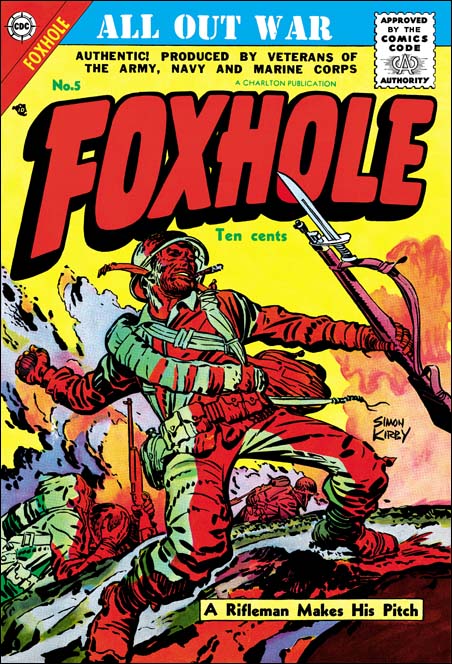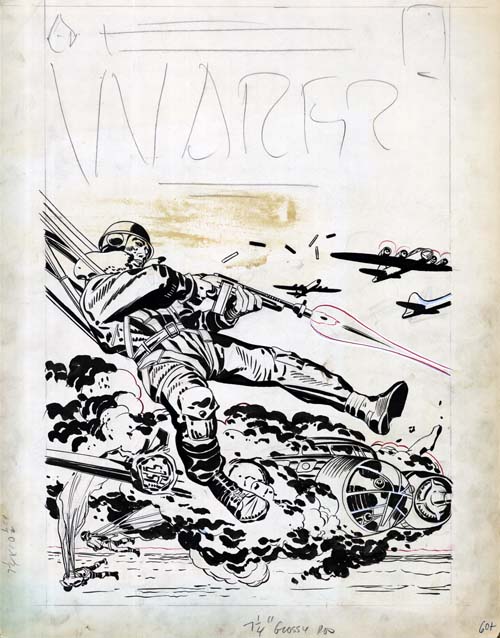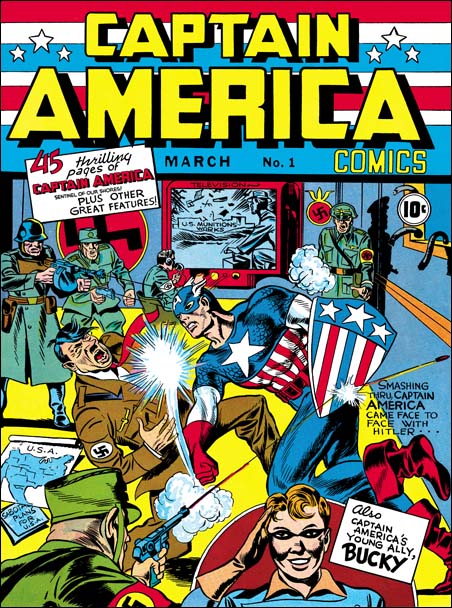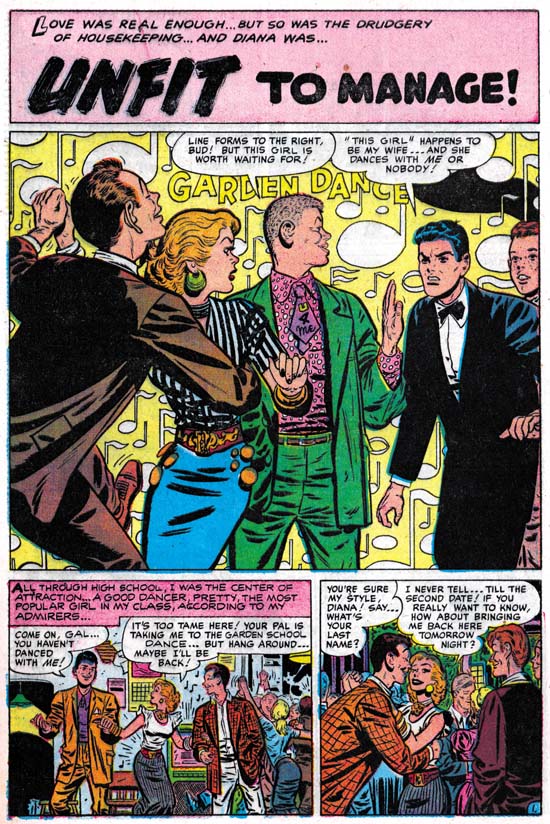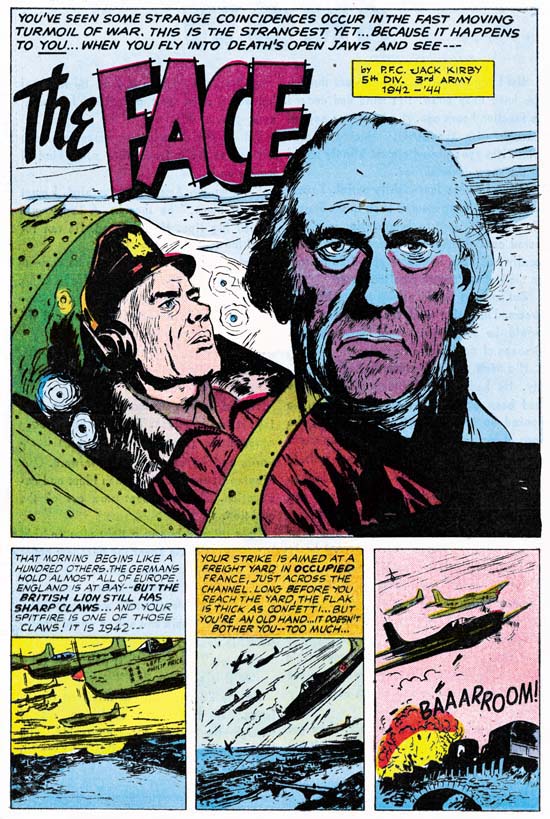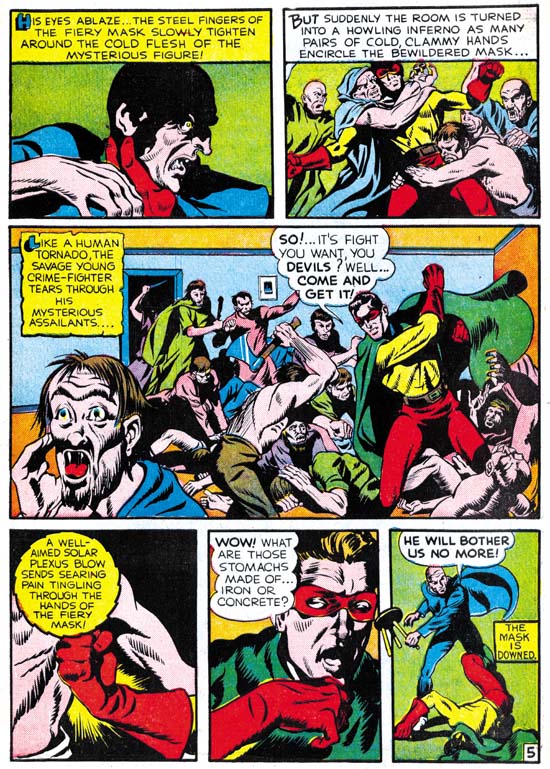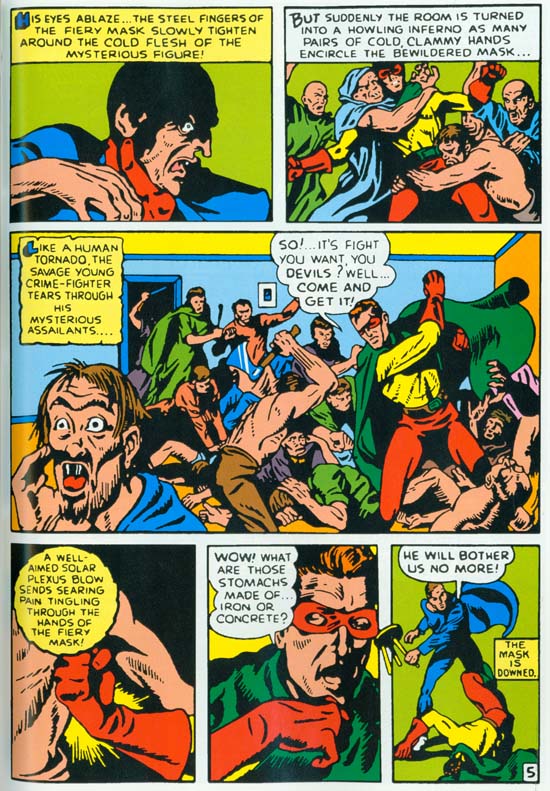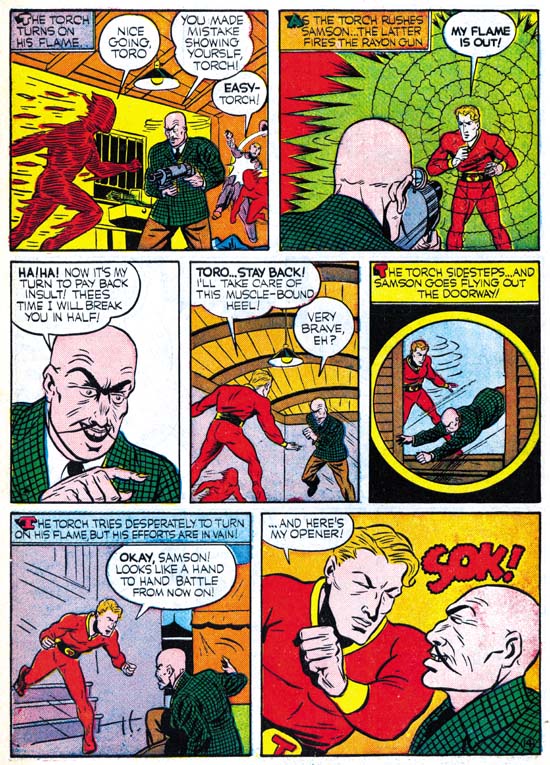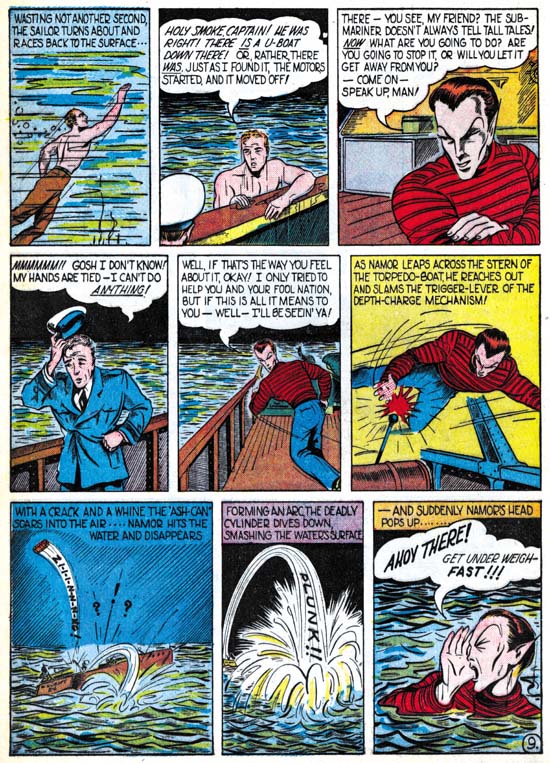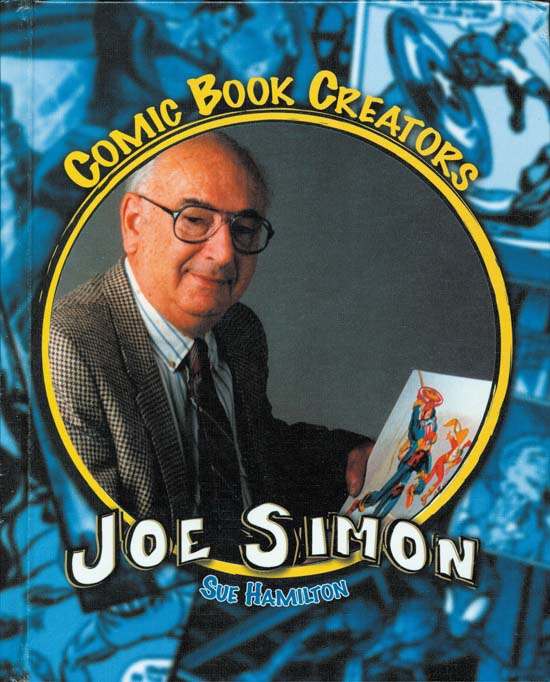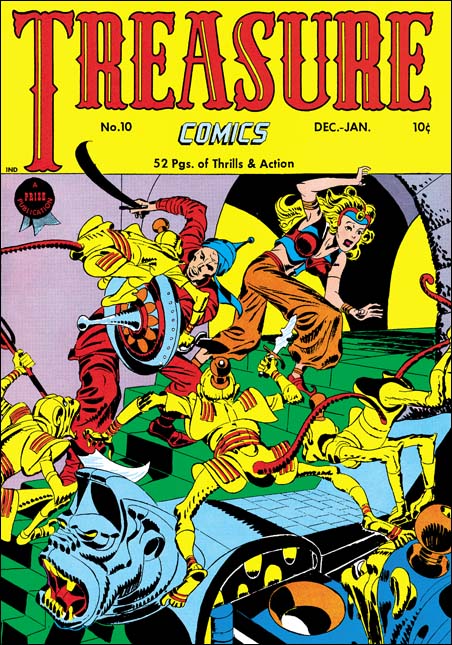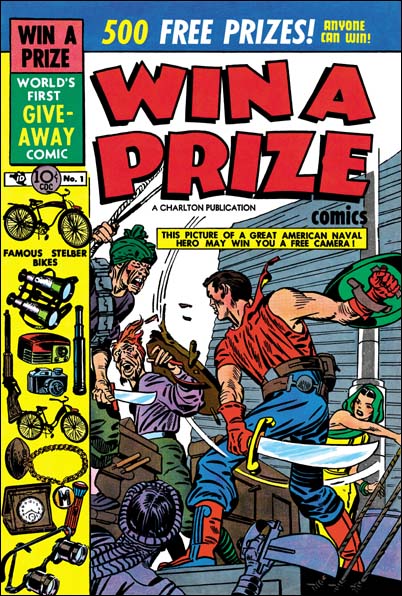
There is a new book out called “The Creation of Captain America” by Thomas Forget. This book is intended for young adults. Hard covered (I think they call it library bound), relatively thin (48 pages including glossary, bibliography and index) with excellent printing. It outlines the creation of Captain America by Joe Simon and Jack Kirby. The cover for Captain America Comics #1 is illustrated but I have to admit I prefer my own restoration. Joe Simon commented on the appearance of Cap #1 was “that cover sure got a lot of traction”. This book provides the history of the Captain America comics story lines from the early days until today. It combines this with some discussion of some social influence on Cap stories, such as the effect of the Vietnam War or Richard Nixon.
Joe Simon had not heard about this book so I brought him a copy. He did have some criticisms. For instance he did not like the use of colored background fields skewed at an angle with the page. He also objected to the use of the word “flopped” when the book talks about some of the early unsuccessful comic book creations. It was not the reporting of these failures that bother Joe, he just felt “flopped” was not a word that he would expect a writer to use. There was one paragraph that Joe particularly liked:
After working with Eisner and Iger, Kurtzberg next worked at Fox Features Syndicate, owned by Victor Fox. While Kurtzberg was working there, a man named Joe Simon came to fill the position of artist and editor. With Simon’s arrival, Captain America’s “parents” were finally joined together.
Joe also commented about the Kirby drawing on the cover feeling that it was a not a good idea to show the back of Cap’s shield. I do not think Joe was really being critical of Jack Kirby’s work. Every time I have heard Joe talk about Jack it was with great admiration of his enormous talent. But when it comes to things like covers Joe always seems to have his own view about how they should be designed. Joe did not dwell on these criticisms, instead he was rather pleased with the book and thought it was a good job.
There was one comment in the book that I asked Joe about. When comparing Joe’s background with Jack’s:
Simon, however, was raised in a middle-class environment.
I have seen similar remarks in other articles and books. Some have even said Joe had gone to college. So I asked Joe if he would describe his early family as middle-class? Joe said absolutely not, in fact during much of his early life their family did not have their own home, living with various relatives instead. Joe said his father (whose name was Harry) was a tailor who did freelanced and sometimes worked as a cutter in factories. His mother’s was a button hole maker by trade. Some considered his father as a troublemaker since he often helped in union organization. On one occasion Harry Simon and Harry’s brother started a factory that made jackets. It was short lived as the brother ran off with the money. Joe said that he never knew the full story but felt there was more to it because his uncle was back in a few months and there was no hard feelings between the two former partners. Once Joe had told me the story that he was a boy scout but his family was too poor to buy the uniform. Instead Harry Simon made one for his son. Joe never went to college, after high school Joe get a job at a newspaper to help support his family. There was one important difference between the Simon’s background compared to that of Kirby. Joe’s parents had immigrated from England and therefore had no problems adjusting to their new homeland’s language. Joe said that it was Jack Kirby that initiated this idea of Joe’s supposedly more affluent early history.
Let me take a momentary diversion to announce a stealth contest. I will not be repeating this announcement. I have a single copy of “The Creation of Captain America” signed by Joe Simon. Anyone interested can email me at hmendryk at yahoo dot com. You know the drill replace the at and dot with the appropriate symbols. In a week I will pick the winner at random.
This book was published by Rosen Publications and is costs $29.95. It is one of six titles for a series called “Action Heroes”. Here are all the titles and links to Amazon:
Captain America
The Fantastic Four
The Incredible Hulk
Iron Man
Spider-Man
X-Men
However the web page for Rosen Publications indicates that the Hulk and X-Men books have not been published yet. I have not seen the other titles but the art on the covers to Fantastic Four and the Hulk look like they were done by Jack Kirby. There is no doubt that the Cap book cover is Kirby art.
I find it interesting that these six titles all belong to Marvel. Also that this series is about comic book creations while ABDO Daughters published a similar series on comic book creators. Both series are for younger readers. I do not think this is a coincidence, I am sure Marvel somehow orchestrated this. I do not know about you but when I go to comic book stores or conventions I do not see many youngsters. Although the big money is in the superhero movies and merchandise they spawn, how long can you make those movies if you do not have a comic reading public? Marvel could have published these books themselves but their distribution would be the wrong places. A much better way to reach a young, and more importantly a new, audience is to use publishers that already specialize in that market.


